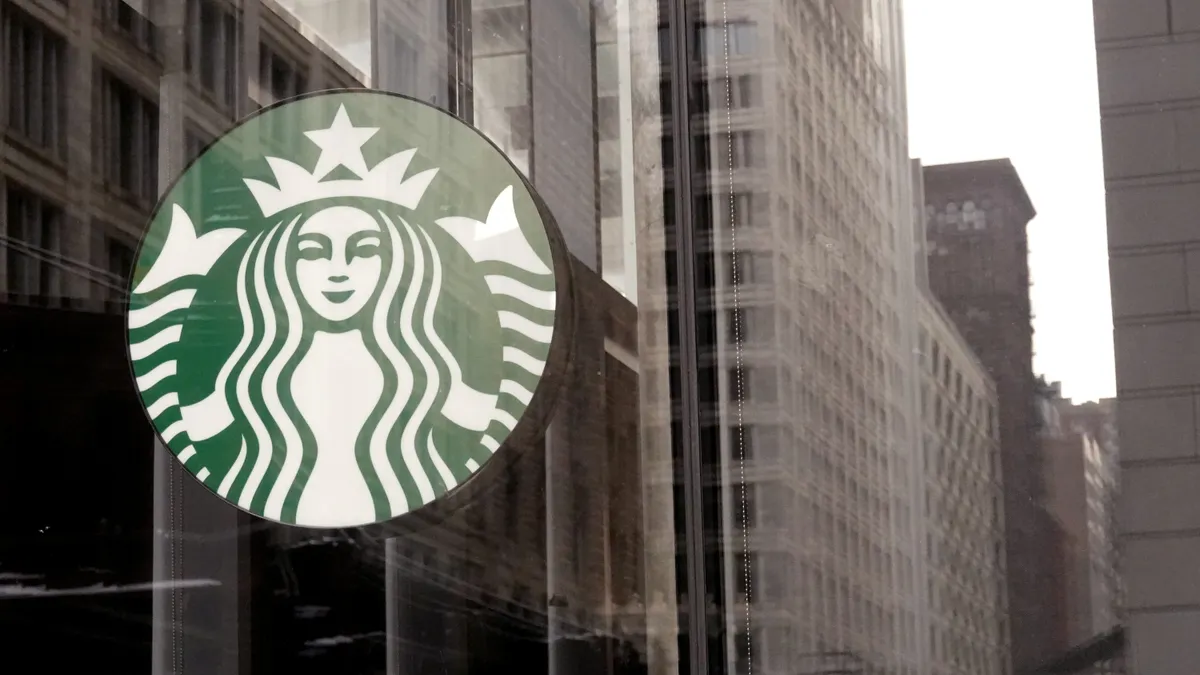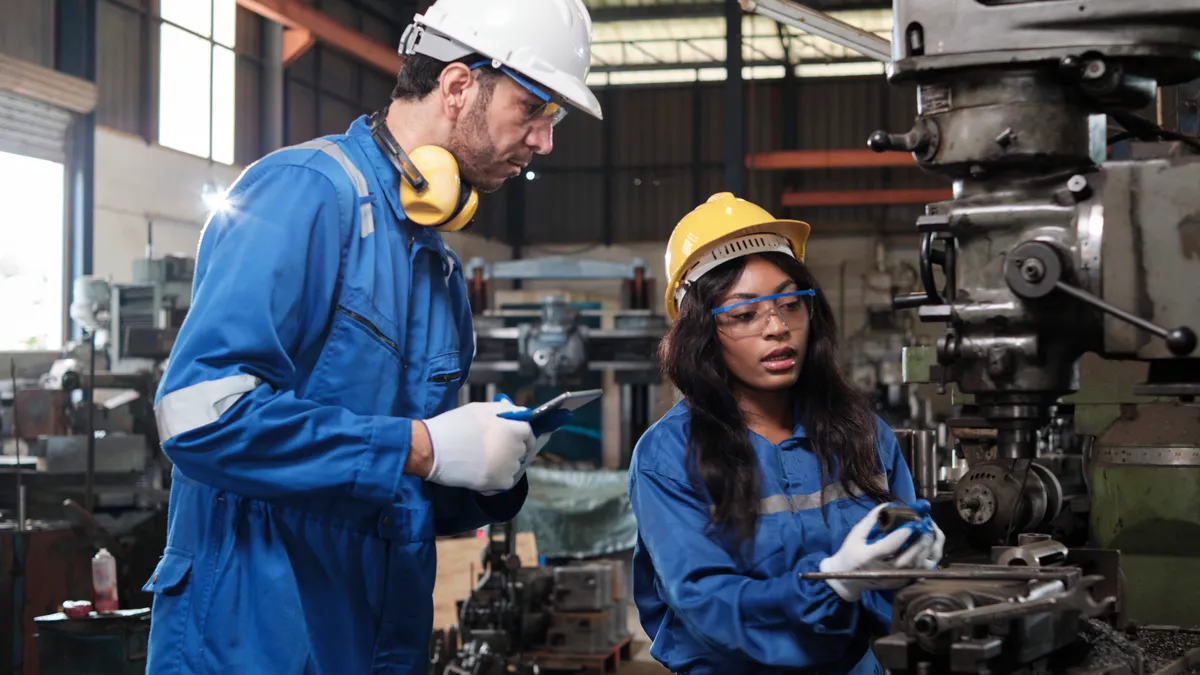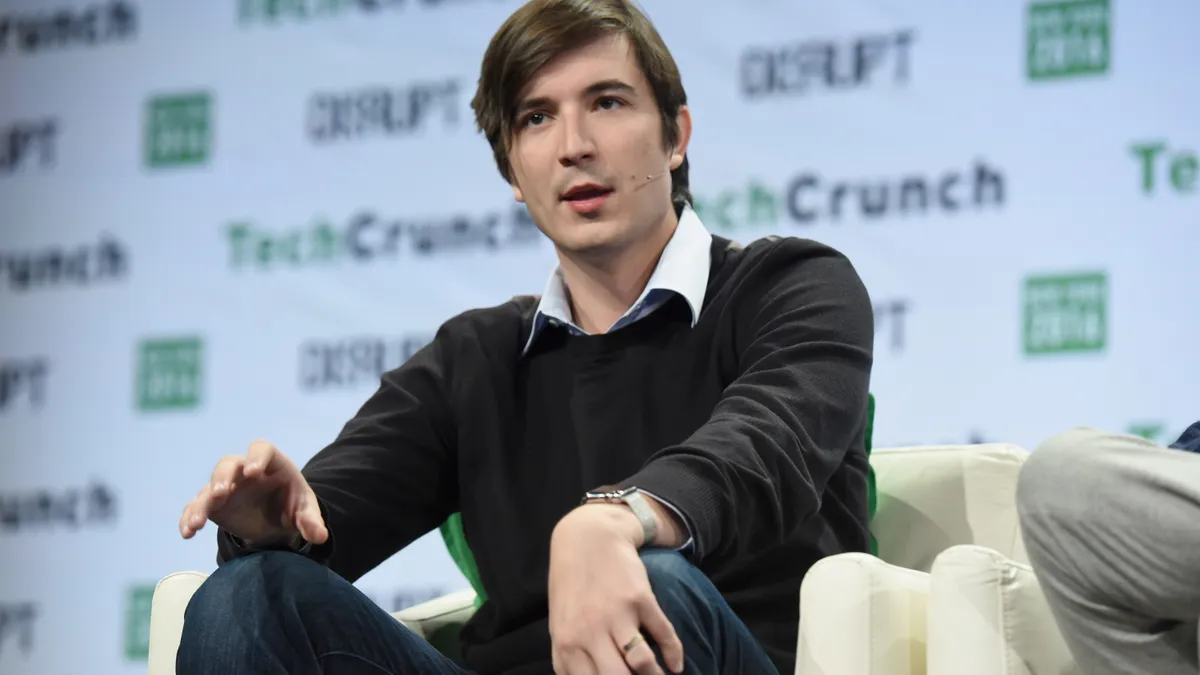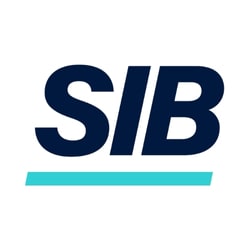The move by Howard Schultz in early April to halt Starbucks’ stock buyback program was done in large part in the name of employees, according to a statement the company released. But Schultz, who came out of retirement to take a third stint as CEO while the company looks for a permanent replacement, could also be looking to a post-employee future.
Automation of the kind that a tech-heavy company like Amazon pushes in its operations isn’t likely in the cards for Starbucks in the near-term, but as the company wrestles with higher costs and its employees’ unionization push, replacing workers with automated processes could be part of Schultz’s long-term goal.
“Automation … could be the key area of growth under this third era of Schultz,” says Joey Frenette of TipRanks. “Indeed, automating a larger portion of the drink-making process could be where the real long-term opportunity lies.”
Stock drop
Investors haven’t looked kindly on Schultz’s decision to stop share repurchases, which the company was about two-thirds of the way through since it announced late last year it was authorizing $20 billion for the purpose as well as to pay dividends. As of late January, management had purchased about 31 million shares with about 18 million more available. The share price dropped about 3% on the day of Schultz’s announcement, to about $88 a share.
Even before the policy shift, the company’s performance was lagging as it wrestled with higher costs and the unionization effort, which has become increasingly successful. Since three of its stores in Buffalo, N.Y., unionized late last year, three others around the country have done so and at least another 140 in almost 30 states have petitioned for union recognition.
Some analysts see Schultz’s move partly as a way to cool the unionization effort by using the company’s resources to invest in employee wages and benefits.
Ending buybacks, Schultz said in a statement he released as part of a forum he held with employees on his first day back, “will allow us to invest more profit into our people and our stores — the only way to create long-term value for all stakeholders.”
Or, as CNN Business put it, “to dissuade employees from unionizing, touting the importance of a ‘direct and shared relationship’ with workers.”
Starbucks’ anti-union stance is well known. It was cited by the National Labor Relations Board in 2008 for using surveillance and other unauthorized practices to discourage unionization at its stores.
Under Schultz, who was retired while this latest unionization effort gathered steam, the company is expected to return to its more values-centric governance approach.
“Our vision is to once again reimagine a first-of-a-kind for-purpose company in which the value we create … comes because our company is designed to share success with each of us,” Schultz said in his statement.
Buyback concerns
The move also aligns the company with lawmakers in Congress who for the last year have been pushing companies, which have been authorizing buybacks at a record clip, to plow profits back into efforts to increase productivity and raise wages.
A House bill passed late last year would impose a 1% excise tax on stock repurchases and a Senate bill passed earlier last year would impose a 2% tax on them. The Securities and Exchange commission has also tried to curb buybacks by proposing enhanced disclosures that make companies think harder about justifying them.
CFOs say companies have been putting resources into buybacks because efforts to increase productivity are made difficult by talent and resource shortages.
“We’re investing as much as the company can absorb,” Dave Denton, CFO of home-goods store Lowes, has said. “There [are] only so many projects that we can take on.”
Whether or not its goal ultimately is to invest in automation, Starbucks’ CEO appears to be betting the time is right to put money back into the company, even if other companies are moving in the opposite direction.
“We will … engage in design sessions with partners of all levels across the organization to co-create a future of mutual thriving in a multi-stakeholder era,” Schultz said. “We see these sessions as the deepest form of inventing together we’ve ever attempted as a community.”






















